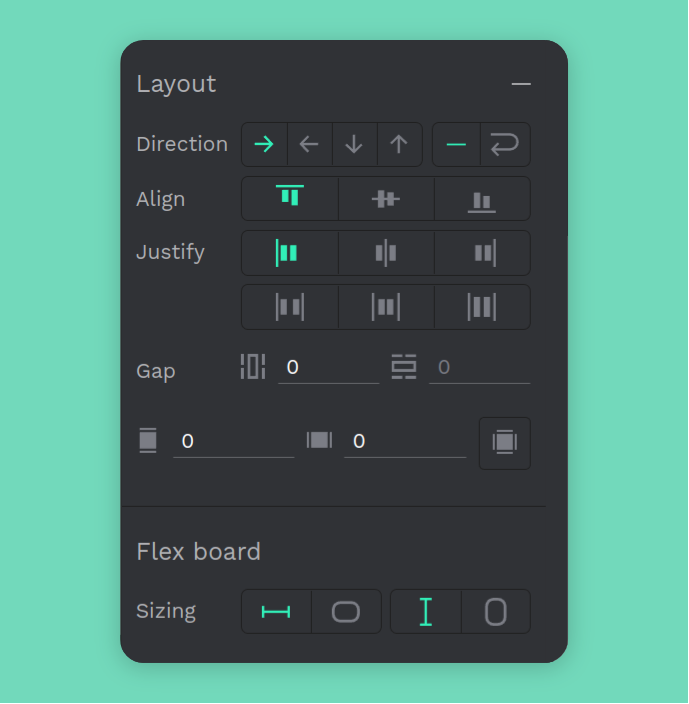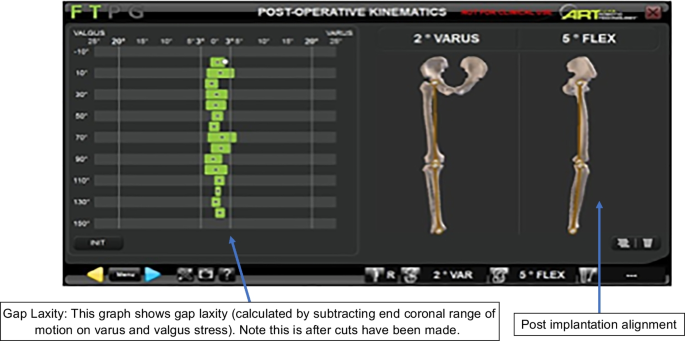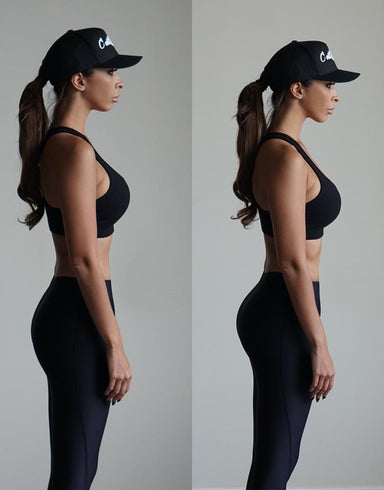- Home
- gapflex softwear
- How does the use of quantified gap-balancing affect component positioning and limb alignment in robotic total knee arthroplasty using functional alignment philosophy? A comparison of two robotic platforms
How does the use of quantified gap-balancing affect component positioning and limb alignment in robotic total knee arthroplasty using functional alignment philosophy? A comparison of two robotic platforms
4.7 (361) · $ 31.50 · In stock

It Is Time to Consider a Philosophical Change From Mechanical to Kinematic Alignment

Australian Orthopaedic Association National Joint Replacement Registry
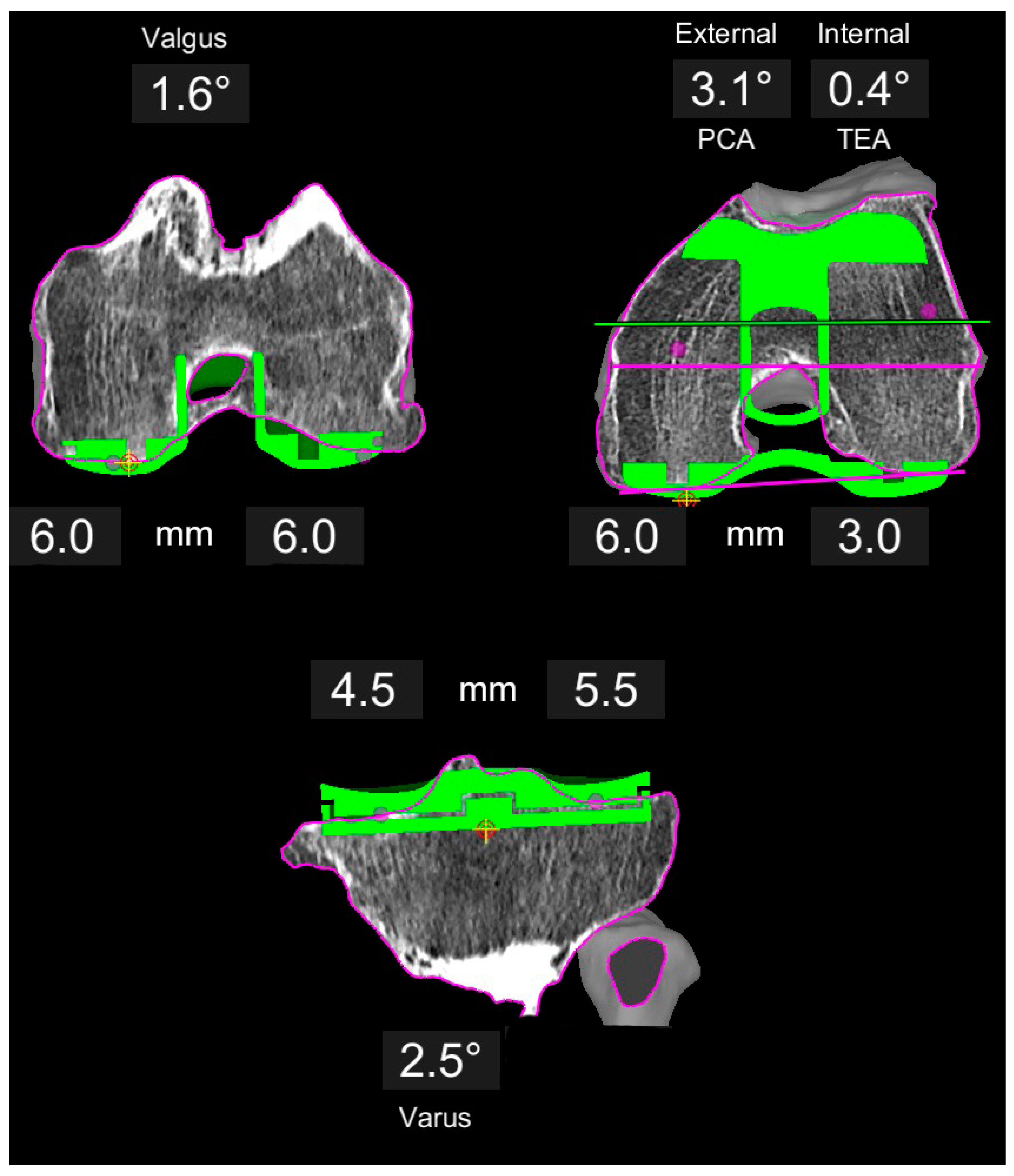
JPM, Free Full-Text

/publication/344392435/figure/

Proposed minimal clinical important difference (MCID) values after

The initial learning curve for the ROSA® Knee System can be achieved in 6-11 cases for operative time and has similar 90-day complication rates with improved implant alignment compared to manual instrumentation

Higher satisfaction after total knee arthroplasty using restricted inverse kinematic alignment compared to adjusted mechanical alignment
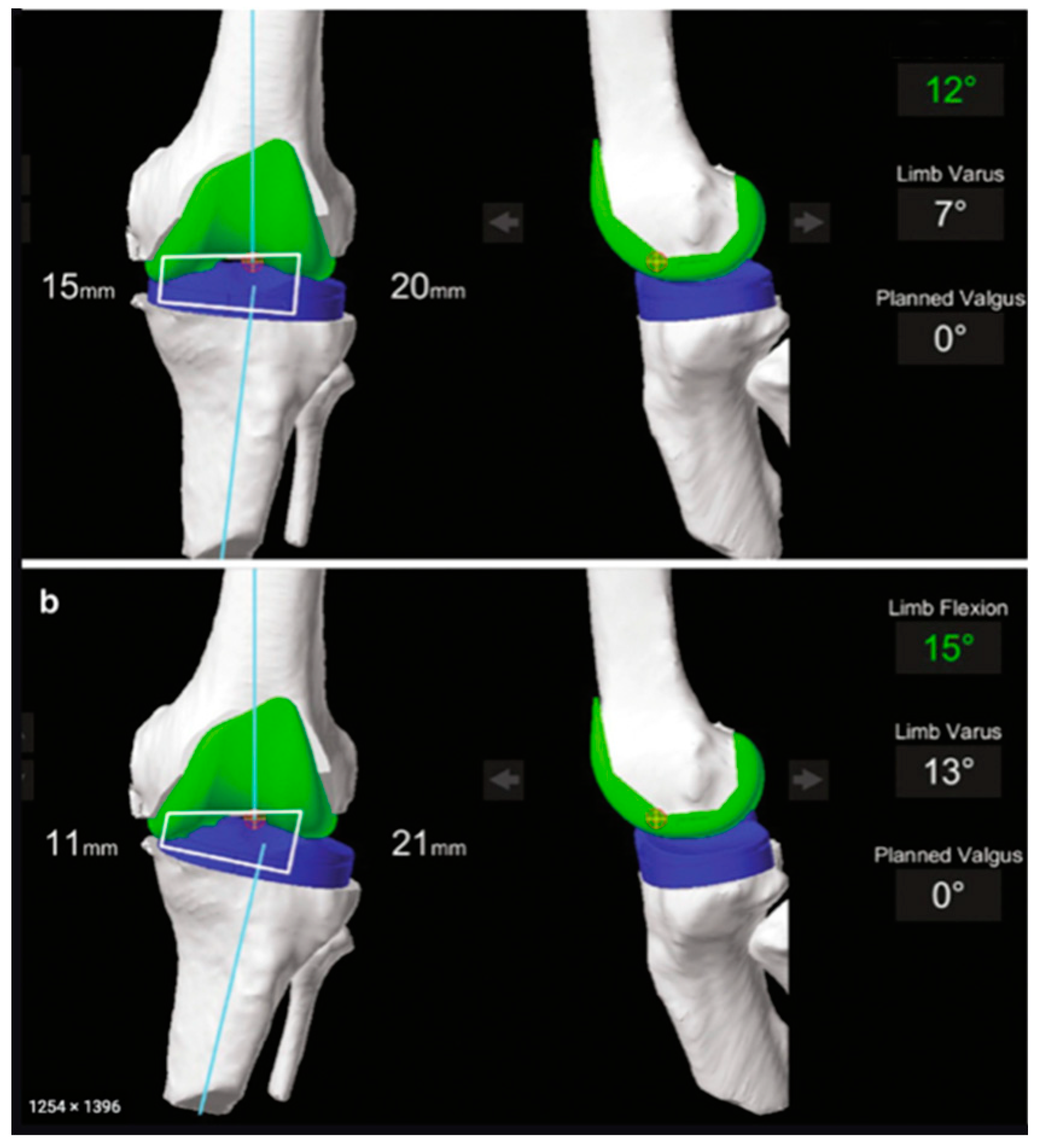
Prosthesis, Free Full-Text

A gap balancing technique for adjusting the component gap in total knee arthroplasty using a navigation system - ScienceDirect

Minimal clinically important difference (MCID), substantial clinical benefit (SCB), and patient-acceptable symptom state (PASS) in patients who have undergone total knee arthroplasty: a systematic review, Knee Surgery & Related Research

Relationship between the AP displacement and the AP spring tension for
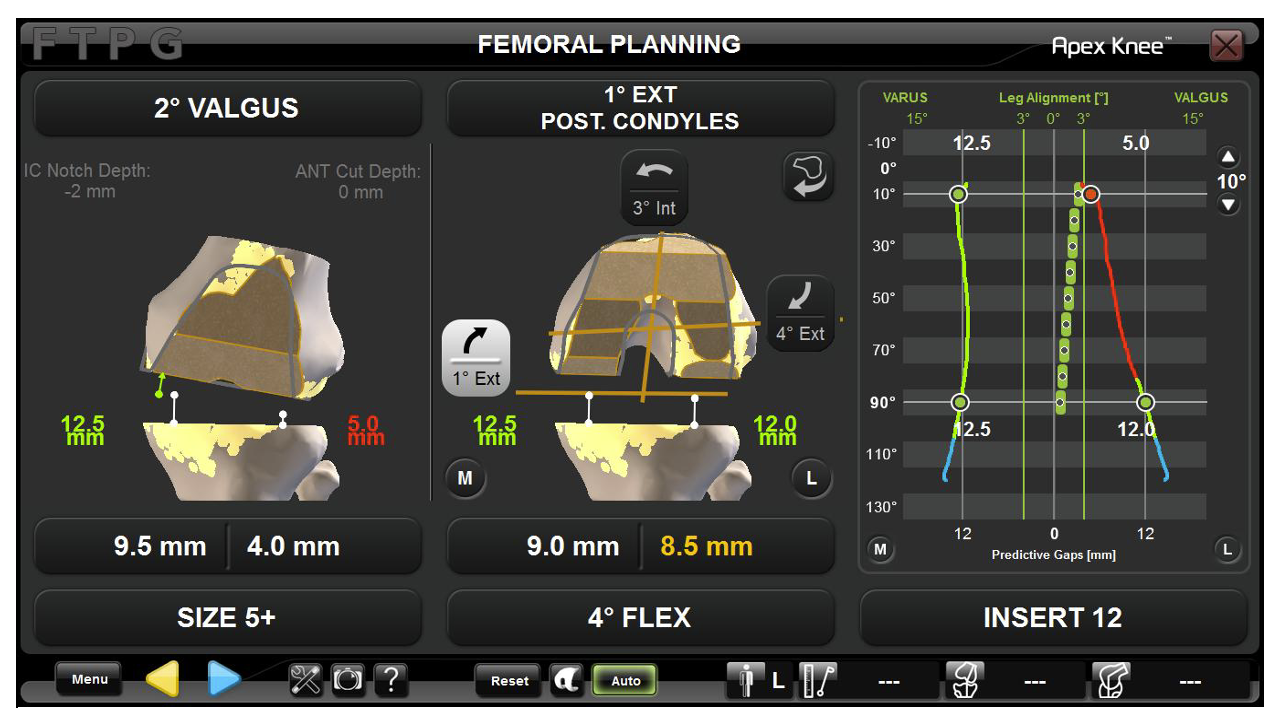
Total Knee Arthroplasty in Valgus Deformity Made Easy Using Robotic-assisted Predictive Balancing Technique

New and evolving technologies for knee arthroplasty—computer navigation and robotics: state of the art - ScienceDirect

